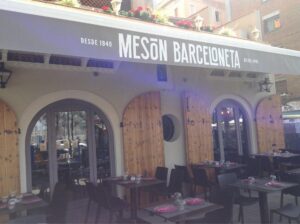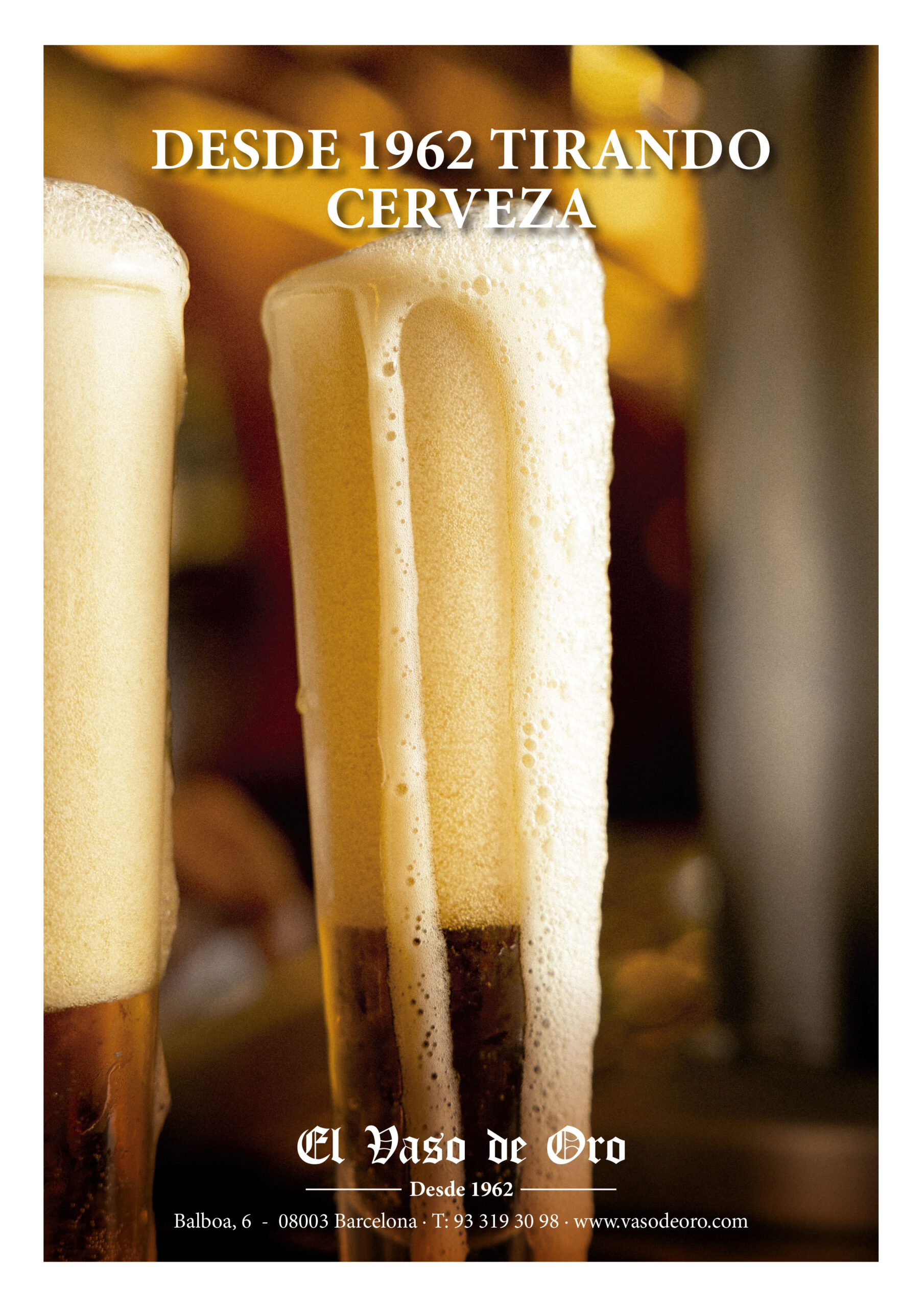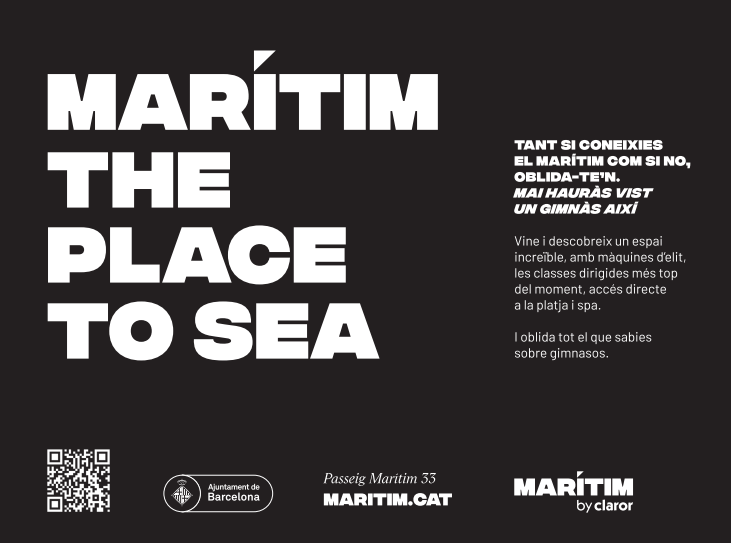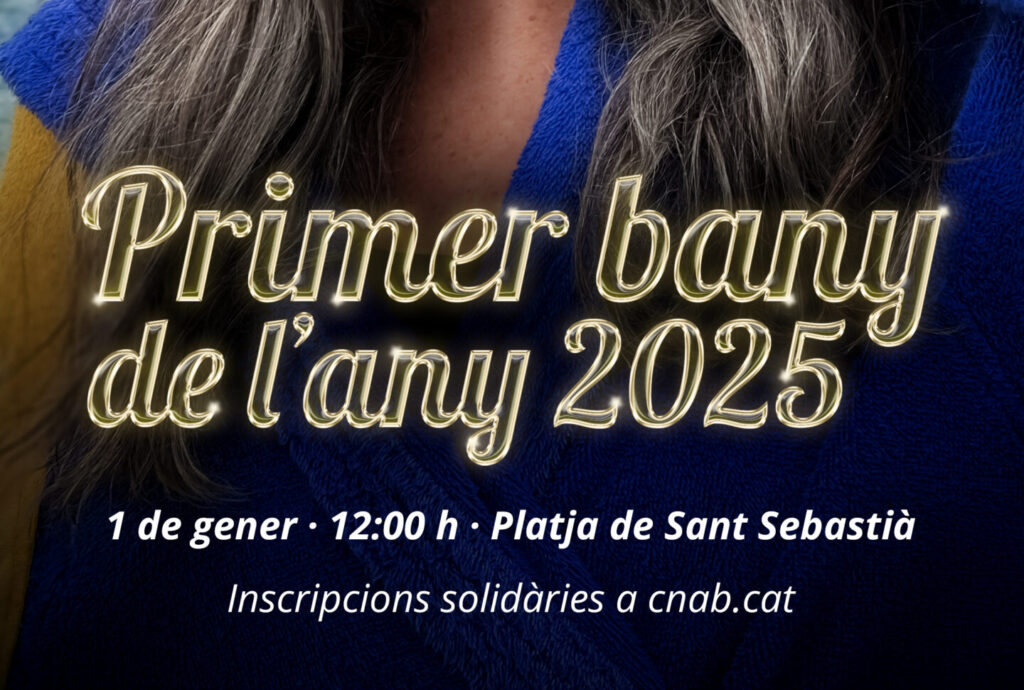Exhibition: “Illustration.” September 10 to October 25
Seven illustrated posters that graphically reinterpret historic social gathering places in Barceloneta, such as schools, cultural centers, and spaces for labor or commercial activity.
This project by Silvana Casuccio studies the use of illustration, posters, and popular graphics as forms of collective communication in Barceloneta, with a focus on the social and cultural dimension. The research is based on photographic archives and historical documentation of the neighborhood. In addition to the exhibition, there will be guided tours and poster-making workshops.
Guided tour: “La Barceloneta: Historical and social memory of a rebellious neighborhood.” September 26 and October 6 at 5 p.m.
A tour to raise awareness of the collective memory through important rights for the people of the neighborhood. The tour recalls historical struggles of the labor movement, anti-fascism, neighborhood mobilizations, and gender equality. We will visit places of cultural and social interest, both current and past.
Free activity, limited spaces. Advance registration required at: info@casa-barceloneta1761.cat / 93 688 49 56
Exhibition: “El Oasis” (The Oasis). Opening: November 15
An artistic initiative that pays tribute to four women who fought against Franco’s dictatorship from underground. The exhibition recreates an immersive and sensory space inspired by an apartment in the Barceloneta neighborhood, which in 1941 served as a refuge, meeting place, and coordination point for young resistance fighters. This space, known as the Oasis, was home to three young women who lived there permanently and a fourth companion who had a close relationship with them. All four shared a history marked by the defense of freedom during the Civil War, exile, and subsequent repression.
In that apartment, bulletins were written, meetings were held, documents were distributed, and support was given to political prisoners and persecuted comrades. The noise of the typewriter at night, evidence of intense propaganda activity, seems to have alerted some neighbors, which led to their arrest in September 1941. The police dismantled this resistance group and the young women were imprisoned and tortured.
Now, this almost forgotten episode is being revived through an installation that will recreate the original atmosphere, using light, sound, and textures to transport visitors back to that era. The aim is to highlight the anti-Franco struggle from a female and local perspective, focusing on the role of women, who are often invisible in the collective memory. The project aims to vindicate their courage, resistance, and commitment, and to recover a part of the neighborhood’s silenced history.









